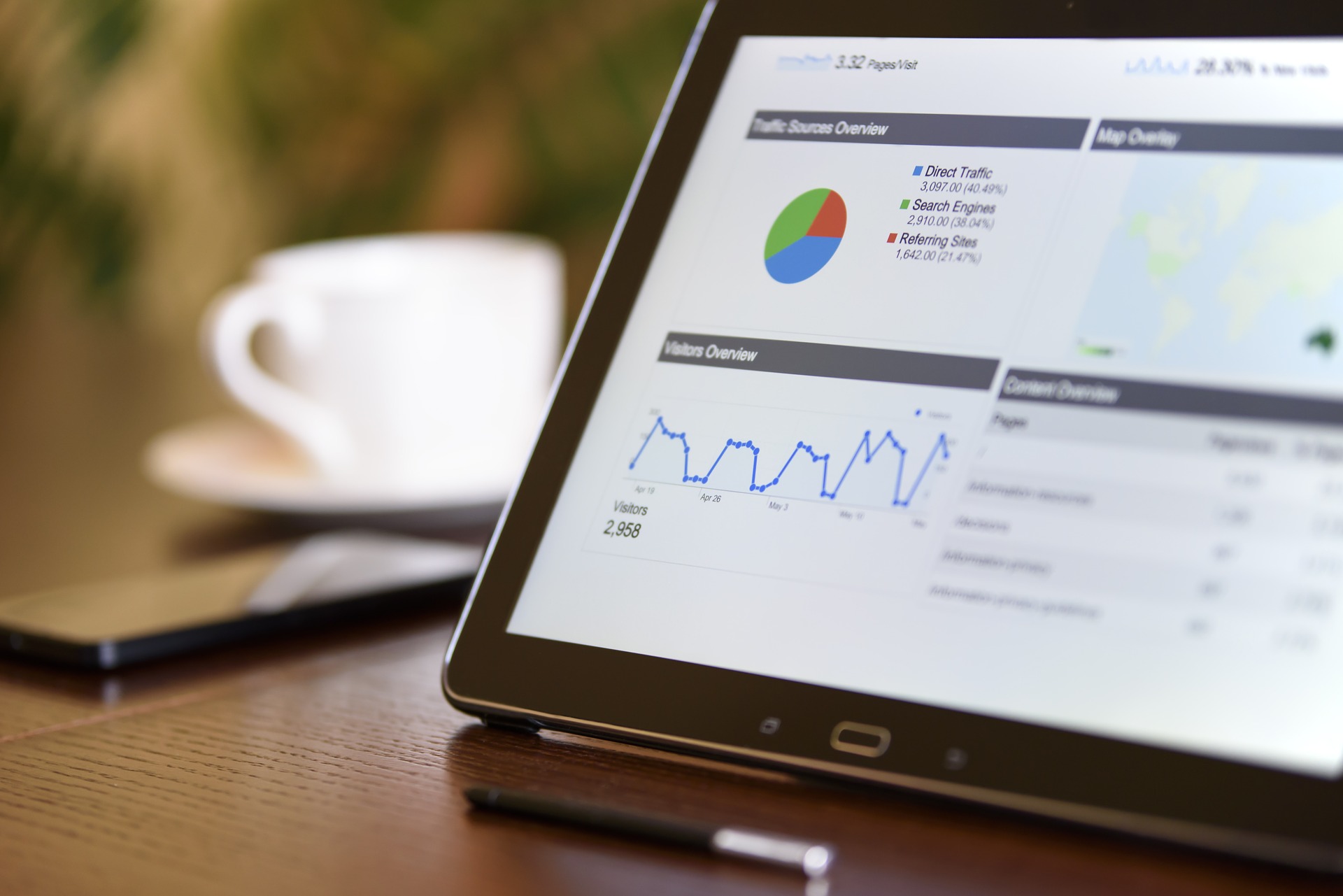TLC Loves… Making Tax Digital
18th June 2018

Ok, so it’s probably not technically possible to love Making Tax Digital, but we do love the idea of using software to make accounting easier and knowing more about how much tax you owe sooner.
The bit about Making Tax Digital that’s not so easy to love is the new requirement for quarterly reporting which will mean even businesses which aren’t VAT-registered will eventually have to send financial information to HMRC every three months. Don’t panic though, that’s not going to be required just yet.
What’s Making Tax Digital all about?
The Government says it’s about making it easier for businesses to keep on top of the tax they owe. It also states that the current system results in mistakes which add up to a large amount of tax lost to the Government.
The ambition is to make the UK “one of the most digitally-advanced tax administrations in the world”, but the net result of more regular reporting will probably also be more regular payments. Combined with the new personal tax account, MTD will eventually also mark the end of the annual self-assessment tax return.
The essentials – what you need to know
The first changes come into force in April 2019 for businesses which are VAT-registered and have turnover above the VAT threshold. Businesses voluntarily registered for VAT do not need to submit returns electronically from this date.
In practice, all of our clients already submit online VAT returns, so there’s no material change to that process. You could choose to voluntarily report other financial information each quarter from April next year, but there’s no requirement to do so.
At some point from 2020 (we don’t know the exact date) additional financial information for income tax reporting and corporation tax will have to be submitted to HMRC quarterly and electronically. Although the changes were originally planned to come in sooner, a series of hitches and push-back from businesses has meant HMRC have slipped this timescale.
The Government has committed that it will not widen the scope of MTD beyond VAT until the new system has been shown to work well, and not until April 2020 at the earliest. When we know more about the date for these changes we will, of course, let you know.
What needs to change
If you aren’t already using online accounting software you will need to at some point in the next couple of years. The vast majority of our clients already use Xero, which already provides the necessary integration to file VAT returns online at the push of a button.
It will be possible to still use a spreadsheet for keeping track of income and expenditure, but you would need to invest in software that can convert this into the right format and make the submission to HMRC.
Personal tax account
You also need to understand the impacts of MTD on your personal tax affairs. HMRC has developed an app which shows your current personal tax liabilities. It will stop sending paper coding notices at some point in the future, so your only opportunity to challenge an incorrect tax code will be as a result of checking it online. It’s worth downloading the app as a first step towards fully using your personal tax account.
Because this is a personal tax account, we do not have access to it, and we use our own HMRC gateway for submitting things like tax returns. You will need to set up the account yourself.
HMRC says you can also use the personal tax account to check and manage tax credits, check your State Pension, and check on or update benefits you get such as a company car or medical insurance.
The app is a bit of a faff to set up, but once you’re in it is easy to navigate and shows relevant information in an easy-to-read format.
Next steps & more information
If you still keep paper records or use a spreadsheet to track your income and expenditure we need to talk about how you get ready for MTD. Give us a call on 01937 534505 to book a time to have a chat.
For more on Making Tax Digital, take a look at the HMRC information here .

Add a Comment
You must be logged in to post a comment.